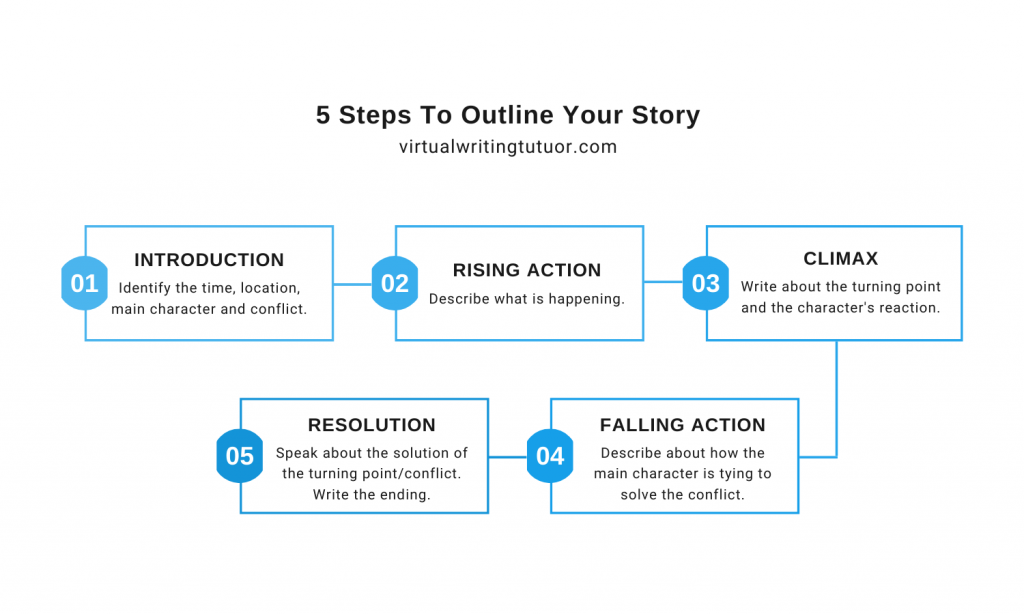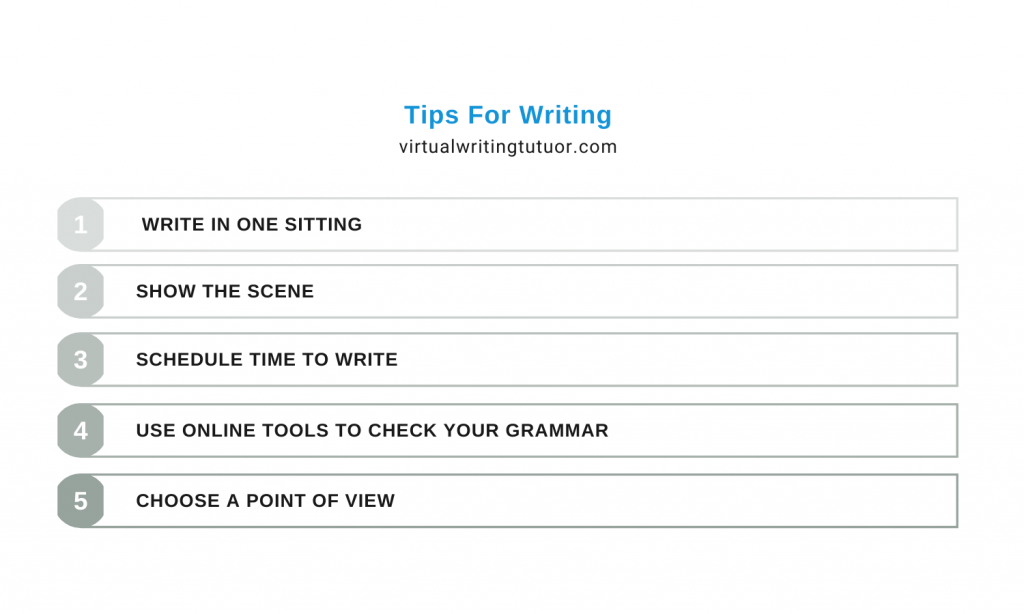
Everyone loves to be entertained by a good story. You often find yourself reading the same novel several times. In the same way your friend’s story seems so funny, even if they already told it.
How about kids? They love stories and can listen to one a hundred times and still ask you to read to them again.
But repeating the same story gets them bored and to be true, we get bored by it too. Wouldn’t it be amazing if you could tell your kids a story of your own?
Oh. That’s simple. You write it. Sit down, get a pen and paper, or a laptop if you prefer to, and start writing.
The story may start with “Once upon a time… ” or you may even get a little bit creative. That sounds funny, but in reality, you might never get a sincere smile from your kids.
Still, we have great news for you! There is a simple way to write a great story, easy, and step by step. You don’t need a sudden burst of inspiration. You might get away with your creativity and life experience.
Now that’s a little bit more complicated. No, it’s not hard or “impossible”, but you are going to use your brain for this. You’re ready? Let’s get started!
How do you do it? Simple. Try to recall some of your favorite childhood memories. Is there something you would like to write about? Great. Choose one and define the main subject line.
You don’t have to make it perfect. All you need to do is to write down who is the main character. Describe in one sentence what he is going through. Add details about the time and location. Make it short.
Now that you got your starting point, choose the other characters. Split them into two categories: secondary and other ones. Describe each one in 10 words. Write about what they like and don’t like, how they look and act.
You can use more than 10 words, but don’t expand the limit too much. Describe all your characters, by following up the next formula:
Name + Look + Personal qualities + Likes/Dislikes + Actions = Character
You want to make it short and clear. Write down one sentence for each of the story elements. Answer shortly to the questions down below. For more clarity, we’ll look at the Brothers Grimm story “Cinderella”.
Introduction: When and where is the action taking place? Who are the main characters? What is the main point of conflict here?
Example: Once upon a time, there lived a girl named Cinderella. She lived with her evil step-mother and evil step-sisters in a land far away.
Rising action: What happens? Describe the actions going on.
Example: Every day, the evil step-mother, made Cinderella work all day long and into the night.
One day, an invitation to a ball was sent to all the young ladies of the kingdom. The evil stepmother locked Cinderella in her room so she could not attend it. She thought all hope was lost until her fairy godmother appeared.
Cinderella attended the ball, dressed up in a beautiful gown and glass slippers. She met the prince and danced with him.
Climax (turning point): What turned the situation upside down? How did the main characters react?
Example: As the clock turned 12, Cinderella rushed off back home and left the prince only with a glass slipper.
Falling action: How do the characters solve the problem? What do they try to do?
Example: Prince Charming looked for Cinderella throughout the entire kingdom. He tried the slipper on every girl to see if it fit one of them.
Resolution: How was the conflict solved? What was the solution? How did the story end?
Example: The prince gently slipped the glass slipper on Cinderella’s foot. He took her by hand and made her his bride. Cinderella and Prince Charming lived happily ever after.

Don’t be overwhelmed by this step. It is not as hard as it seems, and we’ll help you with this. Here are some tips for you:
Write everything in one sitting. This is a solution. Do like this not only the draft but also the whole process. You will notice how easy it is when you will get from one step to another.
Don’t be afraid of the writer’s block. If you experience one, pass on to the next part of the step, and then return to it later. Write whatever comes to your mind. Don’t try to make it perfect or to sound good, you will edit the text later.
Instead of talking about something that changed the life of the main character, show it. Present the scene to the reader.
Describe the location and the weather. Write about the main character’s emotions. We promise you, the reader will love this part.
“Plans are of little importance, but planning is essential.”
Winston Churchill
You want to schedule the time you are going to be writing. Choose a time when you are not going to be distracted by chores, work tasks, or other responsibilities.
The best time to work is in the morning, scientists say. Yet, the burst of creativity is very big after lunch, 4:30 pm, some say even 10 pm. Outline your story in the morning when your mind is clear and you don’t have urgent tasks. Leave the editing for the “creative time” of the day.
A great writer is known not only by his amazing works but also by the correctness of his sentences. A grammar tool makes your story better.
It helps you choose the right words, avoid misspelling, and other awful mistakes. If you want to write a great story, you want to write correct words. Try Virtual Writing Tutor. Don’t mess up your great story.
Do you remember back in the day when you had to write a short story about your summer vacation? It was interesting, but still, homework is homework.
Oh, and those confusing points of view? He, She, I. It was overwhelming. Don’t repeat those mistakes. Choose a point of view.

Here is a cheat sheet for you:
First Person – It’s a type of narrative when the reader feels like he is in the character’s mind. The I and we perspective. It makes the reader feel connected.
Second Person – It is rarely used in storytelling but still has a connection with the reader. The you perspective, makes the reader feel like you are talking to him.
The third person – From this point of view, you describe the life of the characters. Writing about their emotions and actions from he/she/it/they perspective. Specifically this perspective will still make the reader feel connected to the character in a witness’s way.
We are not kidding. You wrote a masterpiece. We are sure your readers or listeners will appreciate your hard work. Finally the last thing you need to do is editing.
Indeed, don’t touch the story for the next two days, or at least do it in the morning. This way, your impression will be gone and you will edit with a clear mind.
Choose a quiet space, read your work, and underline the words or parts you don’t like. Write down any commentaries you have. In the end, rewrite the needed parts and read your story out aloud.
You will see how it sounds and train yourself for a storytelling night with your kids. You can listen to Stuart Mclean, the Canadian radio broadcaster for inspiration.
Yet, if the spark in the eyes of your kids isn’t enough then what is then? Or maybe you don’t have kids or any family friends with children.
If you want to write a story for yourself or even your life story you need to know one thing. Make it a habit. We know right? A habit? Try to tie your writing habit to another one you already do.
For example, when you drink your morning coffee bring your pen and paper with you. You may use your phone for this.
Write for a short time, even 5 minutes will be enough. Motivation will help you start something, but only habits make you achieve it.